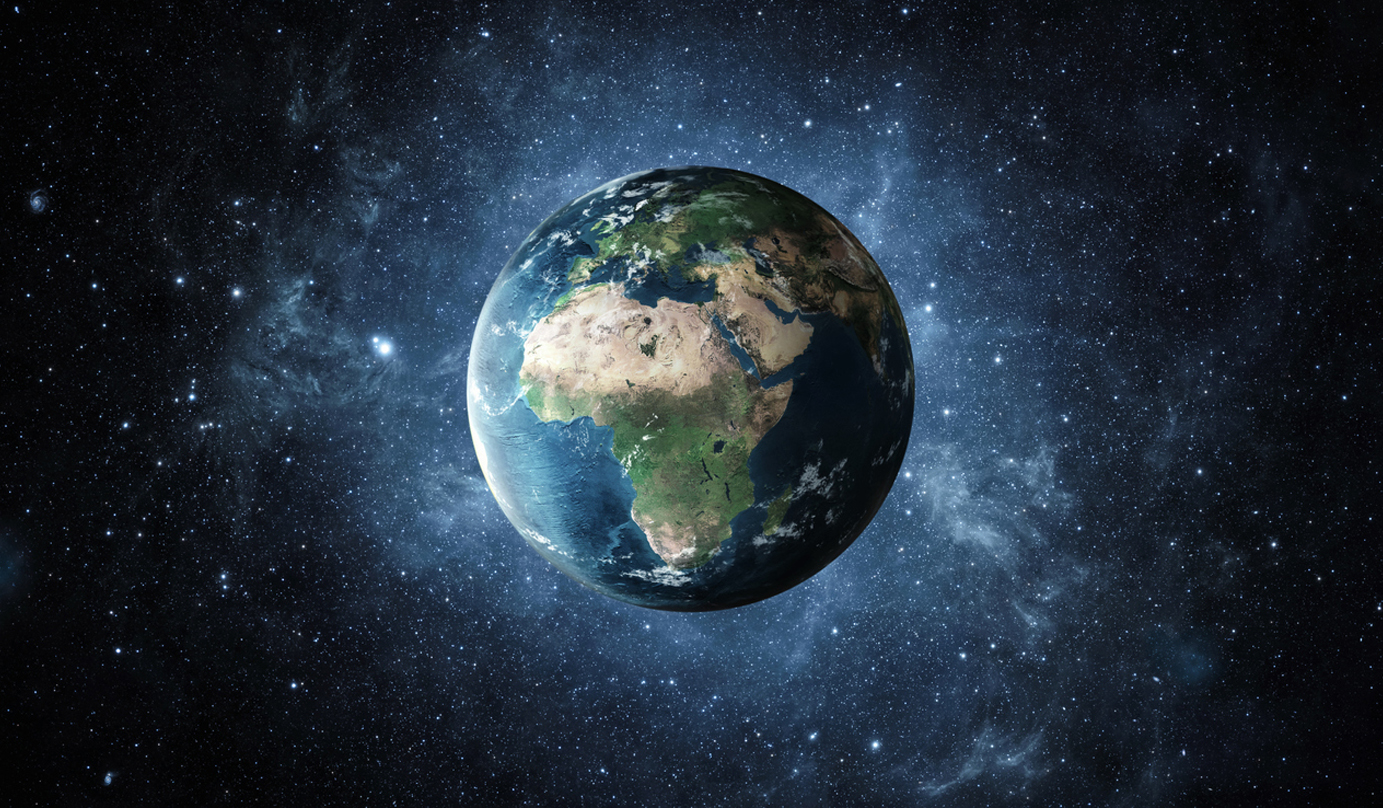
Of all the planets in our solar system Earth is the only one hospitable enough to sustain human life. The remaining planets are inhospitable and incapable of sustaining human life in their current states.

As Earth grows older, the human race will likely ravage and deplete it of its natural resources and living space. Since this bleak scenario has a chance of happening some scientists are looking at ways to help Earth, while others are looking at other planets we can inhabit.

One radical idea is to terraform another planet. Terraforming is the process of modifying a planet or moon's properties (such as its atmosphere, temperature, or surface topography) in order to make it similar to another planet. For humans the goal is to create an environment similar to Earth's.

Mars is a prospective planet for terraforming because it is the most Earth-like out of all the planets in our solar system. The race is on to be the first to get humans on Mars with space agencies and private companies vying for this honour. Some groups are even working to simulate life on Mars here on Earth in preparation.

There are currently 13 satellites orbiting Mars and several robots living on Mars. The Curiosity rover is one of the more famous robots living on Mars that sends us back images of a rusty-red landscape.

Astrophysicists and other scientists theorize about how we can possibly terraform Mars. Several potential methods of altering the climate of Mars may actually be possible with our current technology. Regrettably, terraforming Mars would entail a long and arduous process that would require a lot of money.

Why is Mars the top choice for this venture, you may ask. It is thought that Mars once did have a more Earth-like environment a long time ago, with a thicker atmosphere and lots of water that was ultimately lost. The theory is that since Mars is smaller than Earth it cooled faster solidifying its core. Once the core solidified Mars lost its magnetic field which is responsible for stopping or deflecting solar winds. Without the magnetic field the atmosphere on Mars was slowly eroded away. This caused the air pressure to drop and the oceans to boil and dry up. The hope is that we can somehow reverse these changes to create a livable environment on Mars for humans.

Terraforming Mars would involve two major changes: building the atmosphere and heating it. A thicker atmosphere with greenhouse gases such as carbon dioxide would trap solar radiation in the form of heat. This would raise the temperature of the surface. Humans have inadvertently been heating up the Earth during our time on Earth. We are, sadly, experienced in how to heat up another planet.

Although Mars is the forerunner for terraforming, Venus and Europa are other prospects. Our spacefaring adventures are sending probes into space in the hopes of finding more Earth-like planets, too.

Terraforming Venus involves removing most of the planet's dense carbon dioxide atmosphere. This would, hopefully, reduce the planet's intense surface temperature. These goals, like those for Mars, are closely related. Venus' extreme temperature is thought to be due to the greenhouse effect caused by its thick atmosphere.

Europa is one of the moons of Jupiter. One advantage of terraforming Europa is that it has liquid water on it. However, there are many difficulties. Europa is near a huge radiation belt around Jupiter. Radiation is deadly to humans. To keep us safe we would need to build radiation deflectors to protect us if we were to live on Europa. The cost to do this would be immense. In addition, Europa is covered in ice and would have to be heated. Europa also needs an introduction of oxygen into its atmosphere.

The idea of living on Mars or another planet is fascinating to many. There are skeptics of the idea who think we should address our issues on Earth first before trying to live on Mars.

Whatever your opinion we can all agree that terraforming any planet is no easy feat. Some issues will continue to baffle us.